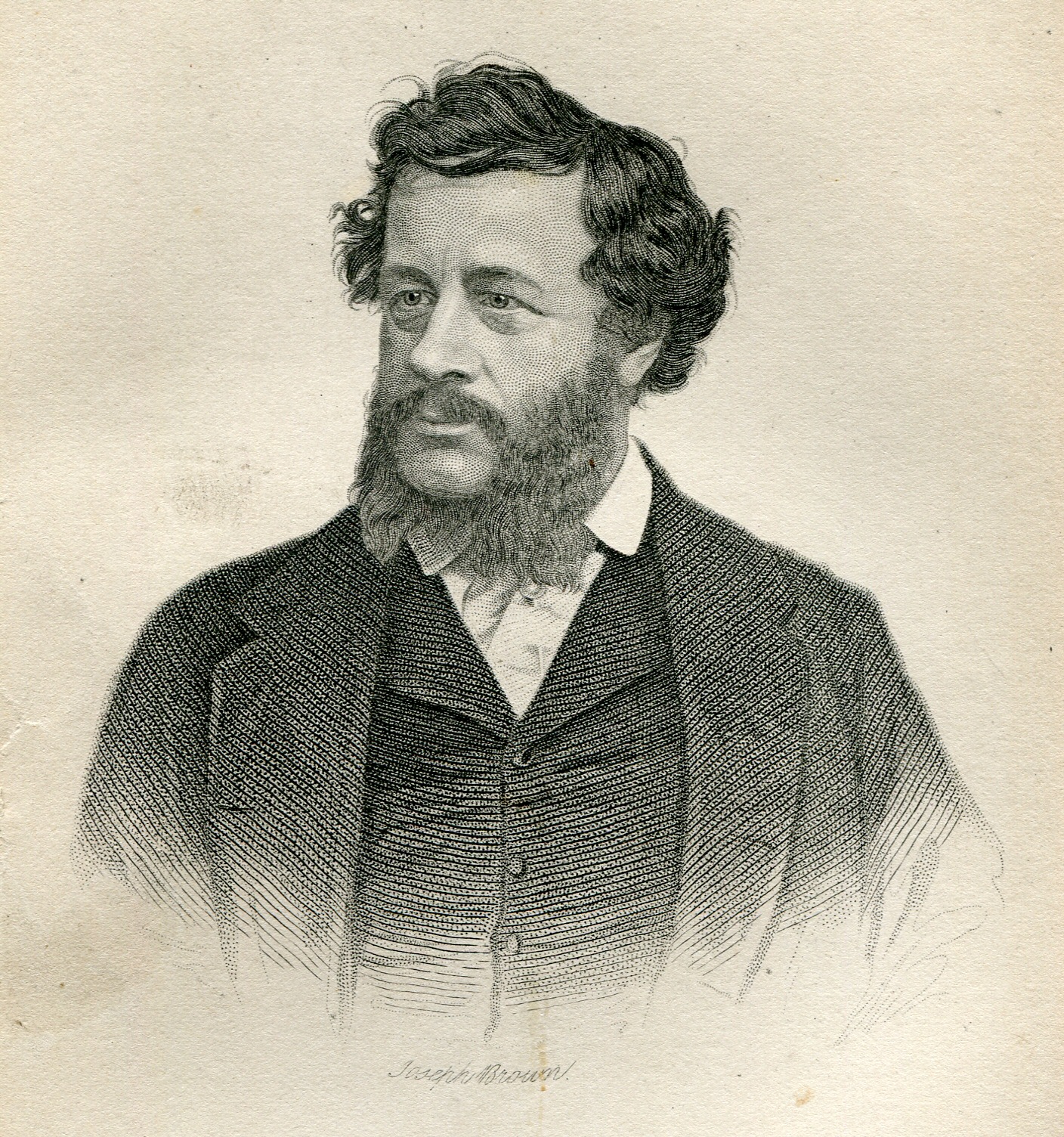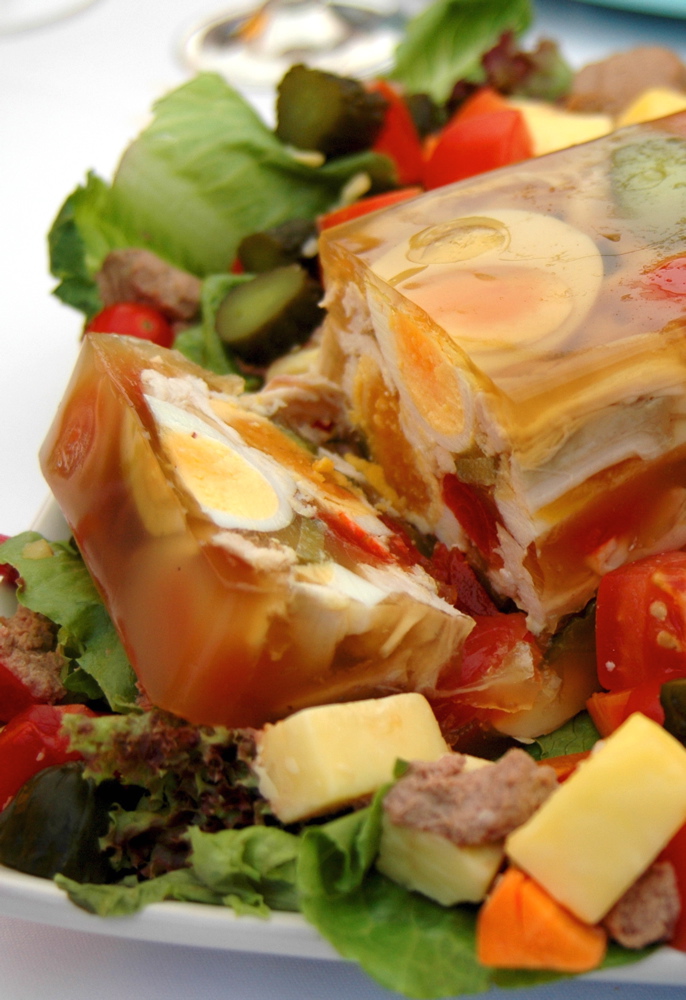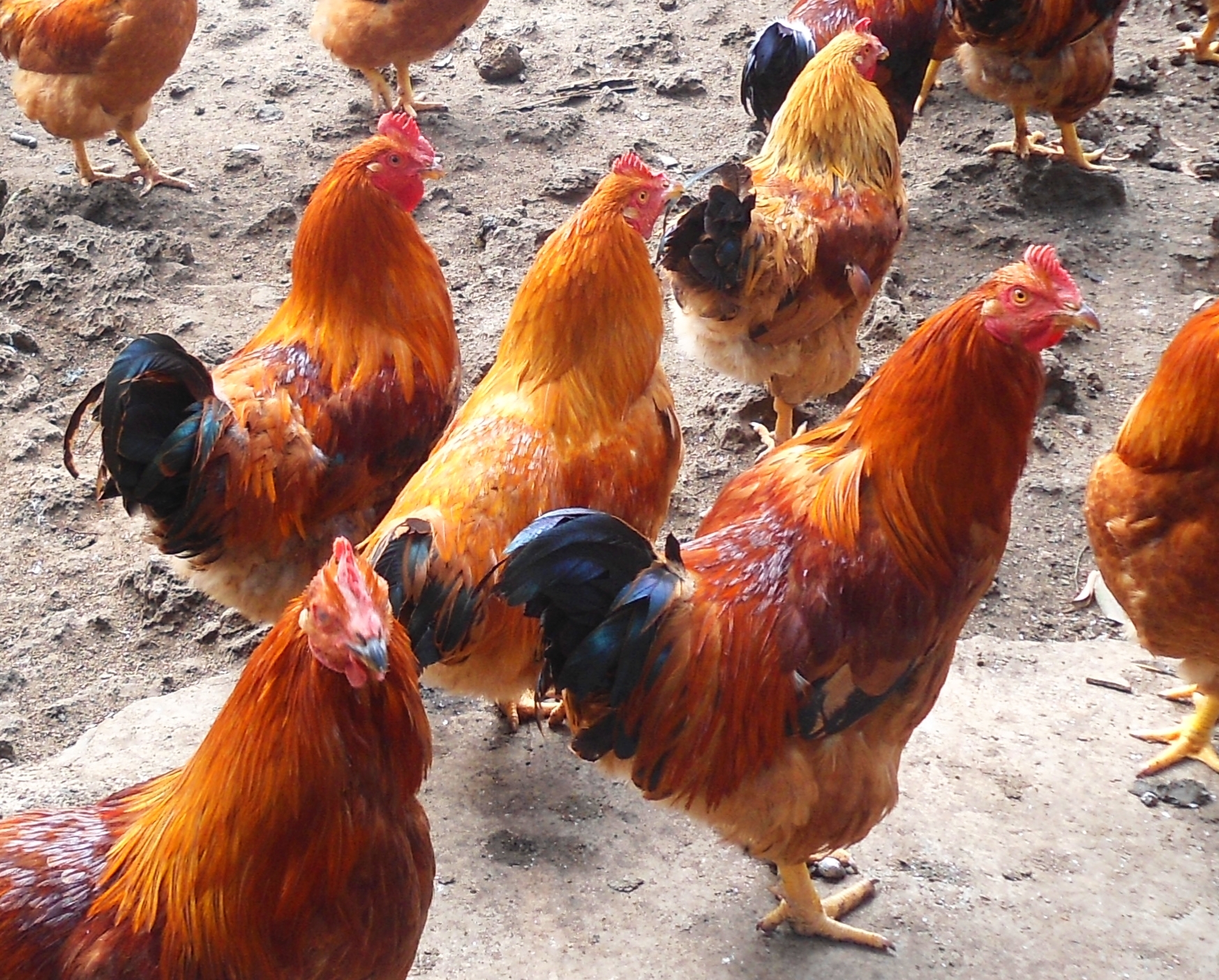|
The Modern Cook
''The Modern Cook'' was the first cookery book by the Anglo-Italian cook Charles Elmé Francatelli (1805–1876). It was first published in 1846. It was popular for half a century in the Victorian era, running through 29 London editions by 1896. It was also published in America. The book offered elaborate dishes, described with French terminology such as bisque, entrées, entremets, vol-au-vent, timbale and soufflé. It included bills of fare for meals for up to 300 people, and for a series of eight- or nine-course dinners served to Queen Victoria; one exceptional royal dinner in 1841 had sixteen entrées and sixteen entremets, including truffles in Champagne. The book, written for upper middle-class housewives, is illustrated with 60 engravings, often showing how to present carefully decorated centrepiece dishes such as "Salmon à la Chambord" for large dinner parties. The book influenced households in Britain and America to aspire to more complex, French-style dinners i ... [...More Info...] [...Related Items...] OR: [Wikipedia] [Google] [Baidu] |
Charles Elmé Francatelli
Charles Elmé Francatelli (180510 August 1876) was an Italian British cook, known for his cookery books popular in the Victorian era, such as '' The Modern Cook''. Biography Francatelli was born in London, of Italian descent, in 1805. He was educated in France, where he studied the art of cookery under Marie-Antoine Carême. Returning to England, he was employed successively by various noblemen, subsequently becoming chief chef of the St James's Club, popularly known as Crockford's club. He left Crockford's to become chief cook to Queen Victoria from 9 March 1840 to 31 March 1842, and then returned to Crockford's. He was managing steward of the Coventry House Club from the day it opened on 1 June 1846 until it closed on 25 March 1854, and at the Reform Club from 1854 to 1861. He was Manager of the St James's Hotel, at the corner of Berkeley Street and Piccadilly, from 1863 to 1870. He worked as chef de cuisine to the Prince and Princess of Wales at the nearby Marlborough H ... [...More Info...] [...Related Items...] OR: [Wikipedia] [Google] [Baidu] |
Gastronomy
Gastronomy is the study of the relationship between food and culture, the art of preparing and serving rich or delicate and appetizing food, the cooking styles of particular regions, and the science of good eating. One who is well versed in gastronomy is called a gastronome, while a gastronomist is one who unites theory and practice in the study of gastronomy. Practical gastronomy is associated with the practice and study of the preparation, production, and service of the various foods and beverages, from countries around the world. Theoretical gastronomy supports practical gastronomy. It is related with a system and process approach, focused on recipes, techniques and cookery books. Food gastronomy is connected with food and beverages and their genesis. Technical gastronomy underpins practical gastronomy, introducing a rigorous approach to evaluation of gastronomic topics. Etymology Archestratus wrote a guide to the foods of the Mediterranean in the form of a poem called "Gastro ... [...More Info...] [...Related Items...] OR: [Wikipedia] [Google] [Baidu] |
Timbale (food)
In cooking, ''timbale'' () derived from the French word for "kettledrum", also known as timballo, can refer to either a kind of pan used for baking, or the food that is cooked inside such a pan. Timbale pans can be large (such as that used to bake a panettone), or they can be small enough to comprise a single portion (like a tartlet pan). Timbales typically narrow toward the bottom. Bundt pans, angelfood cake pans, and springform pans can be substituted for purpose-made timbale bakeware. Timbales can also be steamed or baked in a water bath. As a dish, a timbale is a "deep dish" filling completely enclosed in a crust. The crust can be sheet pastry, slices of bread, rice, even slices of vegetable. Sartu di Riso is a rice crust timbale. Timballo di Melanzana uses overlapping strips of eggplant to enclose the filling, which can be a wide range of pre-cooked meats, sausages, cheeses, vegetables, and shaped pastas combined with herbs and spices and red or white "gravy", thickened ... [...More Info...] [...Related Items...] OR: [Wikipedia] [Google] [Baidu] |
Quenelle
__NOTOC__ A quenelle () is a mixture of creamed fish or meat, sometimes combined with breadcrumbs, with a light egg binding, formed into an egg-like shape, and then cooked. The usual preparation is by poaching. Formerly, quenelles were often used as a garnish in haute cuisine. Today, they are more commonly served sauced as a dish in their own right. Similar items are found in many cuisines. By extension, a quenelle may also be another food made into a similar shape, such as ice cream, sorbet, or mashed potato quenelles. Etymology The word quenelle is attested from 1750. The commonly accepted etymology is that it derives from the German ''Knödel'' (noodle or dumpling).; ''Petit Robert'', 1972; Oxford English Dictionary, Draft Revision, Dec. 2007; the old ''Larousse Gastronomique'', however, reports that some writers trace it to an Old English word ''knyll'', while Dietrich Behrens in'' Über deutsches Sprachgut im Französischen'', ''Giessener Beiträge zur romanischen ... [...More Info...] [...Related Items...] OR: [Wikipedia] [Google] [Baidu] |
Aspic
Aspic or meat jelly () is a savory gelatin made with a meat stock or broth, set in a mold to encase other ingredients. These often include pieces of meat, seafood, vegetable, or eggs. Aspic is also sometimes referred to as ''aspic gelée'' or ''aspic jelly''. In its simplest form, aspic is essentially a gelatinous version of conventional soup. History The 10th-century '' Kitab al-Tabikh'', the earliest known Arabic cookbook, contains a recipe for a fish aspic called . This dish was made by boiling several large fish heads with vinegar, parsley, cassia, whole onions, rue, black pepper, ginger, spikenard, galangal, clove, coriander seeds, and long pepper. The resulting dish was then colored with saffron to give it a "radiant red" color. The cooked fish heads and seasonings were then removed from the cooking liquid before the tongues and the lips were returned to steep until the liquid and everything in it had cooled and gelatinized. According to one poetic reference by Ibr ... [...More Info...] [...Related Items...] OR: [Wikipedia] [Google] [Baidu] |
Aspic
Aspic or meat jelly () is a savory gelatin made with a meat stock or broth, set in a mold to encase other ingredients. These often include pieces of meat, seafood, vegetable, or eggs. Aspic is also sometimes referred to as ''aspic gelée'' or ''aspic jelly''. In its simplest form, aspic is essentially a gelatinous version of conventional soup. History The 10th-century '' Kitab al-Tabikh'', the earliest known Arabic cookbook, contains a recipe for a fish aspic called . This dish was made by boiling several large fish heads with vinegar, parsley, cassia, whole onions, rue, black pepper, ginger, spikenard, galangal, clove, coriander seeds, and long pepper. The resulting dish was then colored with saffron to give it a "radiant red" color. The cooked fish heads and seasonings were then removed from the cooking liquid before the tongues and the lips were returned to steep until the liquid and everything in it had cooled and gelatinized. According to one poetic reference by Ibr ... [...More Info...] [...Related Items...] OR: [Wikipedia] [Google] [Baidu] |
Capon
A capon (from la, cāpō, genitive ''cāpōnis'') is a cockerel ( rooster) that has been castrated or neutered, either physically or chemically, to improve the quality of its flesh for food, and, in some countries like Spain, fattened by forced feeding. History The origins of caponised chickens are contested. They were known in ancient China as well as in ancient Greece and ancient Rome. An early record of caponisation is found under the Roman Republic: the Lex Faunia of 162 BC forbade fattening hens to conserve grain rations, so the Romans instead castrated roosters, which resulted in a doubling of size. It was also practiced later throughout medieval times, with gastronomic texts describing capons as preferred poultry since the ordinary fowl of the farmyard was regarded as peasant fare and "popular malice crediting monks with a weakness for capons." France is internationally renowned for maintaining a strong caponisation tradition with widespread and established indus ... [...More Info...] [...Related Items...] OR: [Wikipedia] [Google] [Baidu] |
Sturgeon
Sturgeon is the common name for the 27 species of fish belonging to the family Acipenseridae. The earliest sturgeon fossils date to the Late Cretaceous, and are descended from other, earlier acipenseriform fish, which date back to the Early Jurassic period, some 174 to 201 million years ago. They are one of two living families of the Acipenseriformes alongside paddlefish (Polyodontidae). The family is grouped into four genera: '' Acipenser'' (which is paraphyletic, containing many distantly related sturgeon species), '' Huso'', '' Scaphirhynchus,'' and '' Pseudoscaphirhynchus''. Two species ('' A. naccarii'' and '' A. dabryanus'') may be extinct in the wild, and one ('' P. fedtschenkoi'') may be entirely extinct. Sturgeons are native to subtropical, temperate and sub-Arctic rivers, lakes and coastlines of Eurasia and North America. Sturgeons are long-lived, late-maturing fishes with distinctive characteristics, such as a heterocercal caudal fin similar to those of sharks, ... [...More Info...] [...Related Items...] OR: [Wikipedia] [Google] [Baidu] |


_(14580579308).jpg)




.jpg)